🌿 Botanical Overview
- Scientific Name: Rosa
- Family: Rosaceae
- Types: Over 300 species and thousands of cultivars
- Origin: Native primarily to Asia, with some varieties from Europe, North America, and northwest Africa
Roses grow as shrubs, climbers, or ground covers and are admired not only for their blooms but also for their foliage and thorny stems.
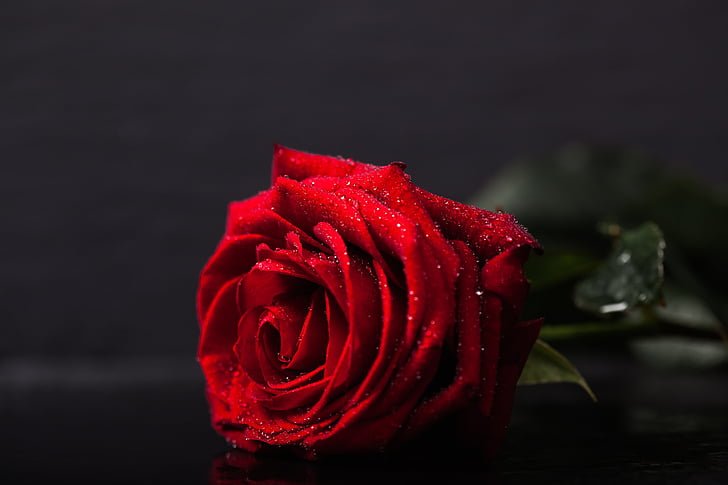
🎨 Colors and Their Meanings
Each color of rose carries a unique message and emotion:
- Red Rose – Love, passion, and respect
- White Rose – Purity, innocence, and remembrance
- Yellow Rose – Friendship and joy
- Pink Rose – Gratitude, admiration, and grace
- Orange Rose – Enthusiasm and fascination
- Blue or Black Roses – Mystery, uniqueness, or farewells
Understanding these meanings helps people choose the perfect rose for every occasion.
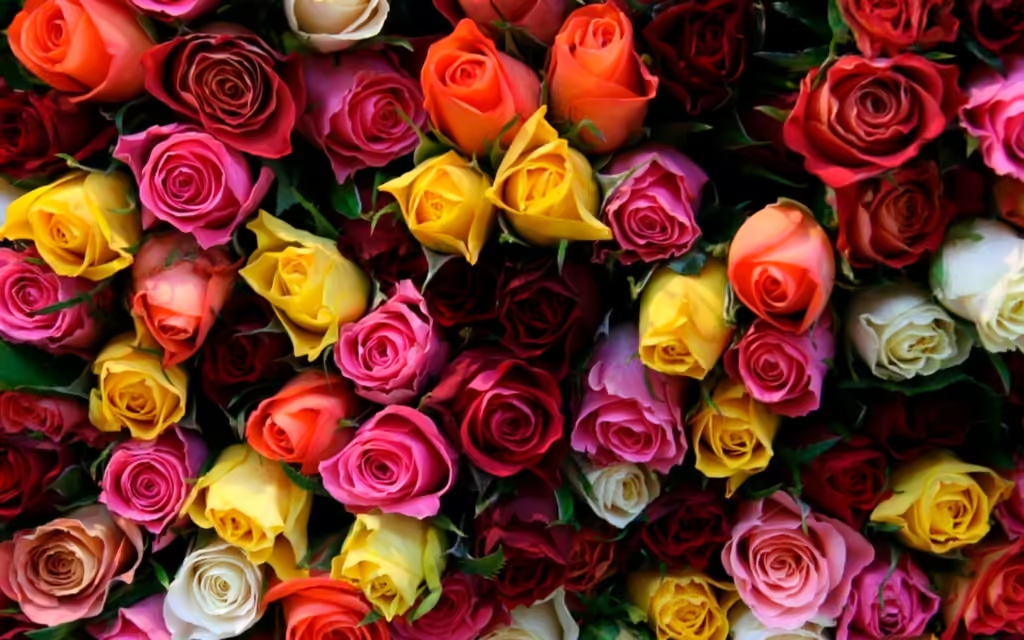
🌼 Popular Types of Roses
- Hybrid Tea Roses – Large, elegant blooms on single stems; ideal for bouquets.
- Floribunda Roses – Clusters of flowers; great for garden beds.
- Climbing Roses – Long stems that can be trained on trellises and fences.
- Miniature Roses – Tiny roses perfect for pots and small spaces.
- Shrub Roses – Hardy and disease-resistant; perfect for landscaping.
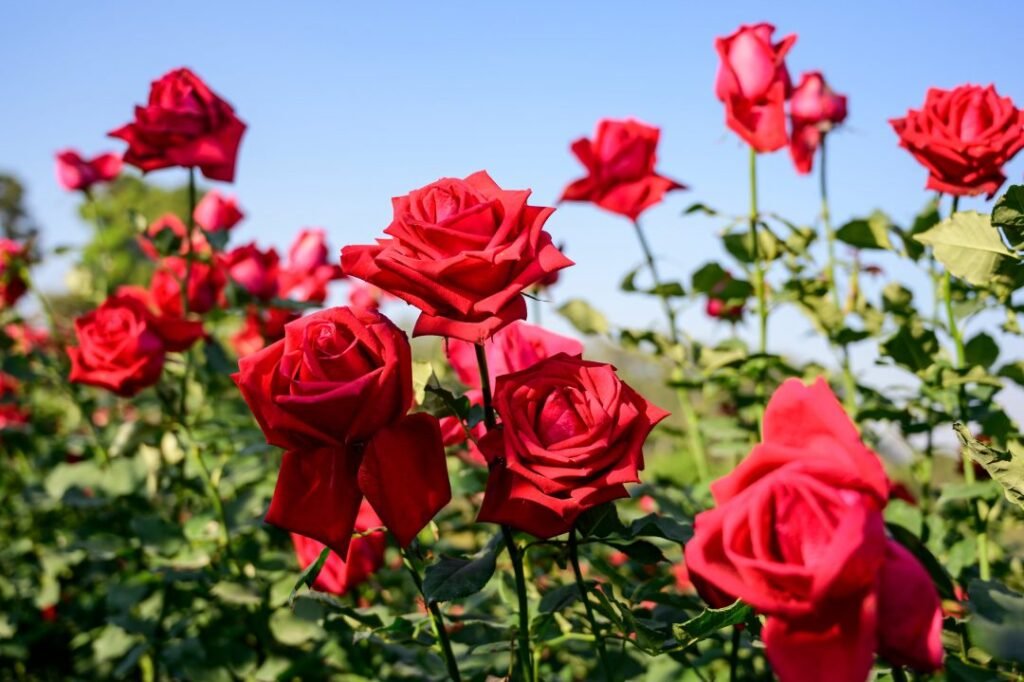
🌱 How to Grow Roses
Roses require proper care and attention to thrive:
- Sunlight: 6–8 hours of direct sunlight daily
- Soil: Well-draining, loamy soil rich in organic matter
- Watering: Deep watering once or twice a week
- Pruning: Regular pruning helps remove dead branches and promote flowering
- Fertilizing: Use balanced rose fertilizers every 4–6 weeks during the growing season
With the right care, rose plants can bloom abundantly year after year.

🌍 Cultural and Historical Significance
Roses have played a vital role in history, culture, and art:
- In Greek and Roman mythology, roses were associated with goddesses of love.
- The red rose is a symbol of love and beauty in literature and poetry.
- In England, the War of the Roses was named after the red and white roses representing rival houses.
- The Rose Parade and Valentine’s Day wouldn’t be complete without roses.
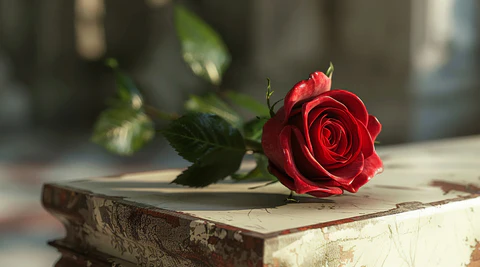
🌸 Uses of Rose Flowers
Roses are more than just ornamental flowers:
- Perfume Industry: Rose oil and essence are key ingredients in perfumes.
- Culinary Use: Rose petals are used to make rose water, jam, and desserts.
- Cosmetics & Skincare: Rose water and rose oil soothe and hydrate the skin.
- Medicinal Use: Roses have anti-inflammatory and mood-boosting properties.
- Spiritual & Decorative Use: Used in rituals, weddings, and decor.
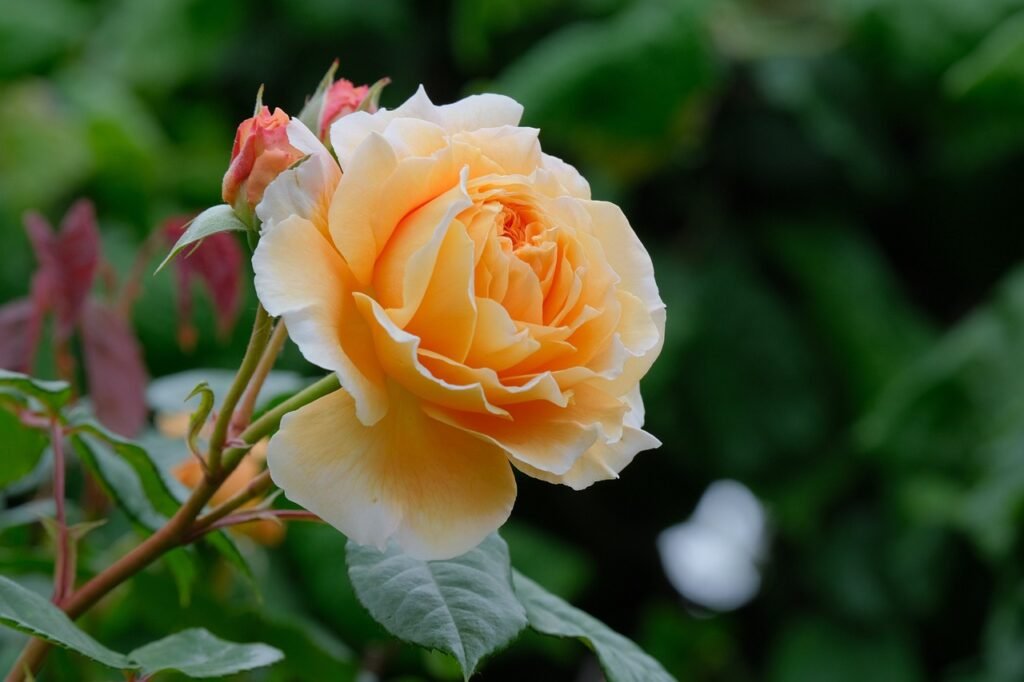
💖 Conclusion
From gardens to gifts, from poems to perfumes — the rose continues to bloom in every part of our lives. Its universal appeal and rich symbolism make it a favorite among nature lovers and romantics alike. Whether you’re growing roses in your backyard or gifting them to someone special, this flower never fails to leave a lasting impression.